1. Bluey Is Actually a Girl
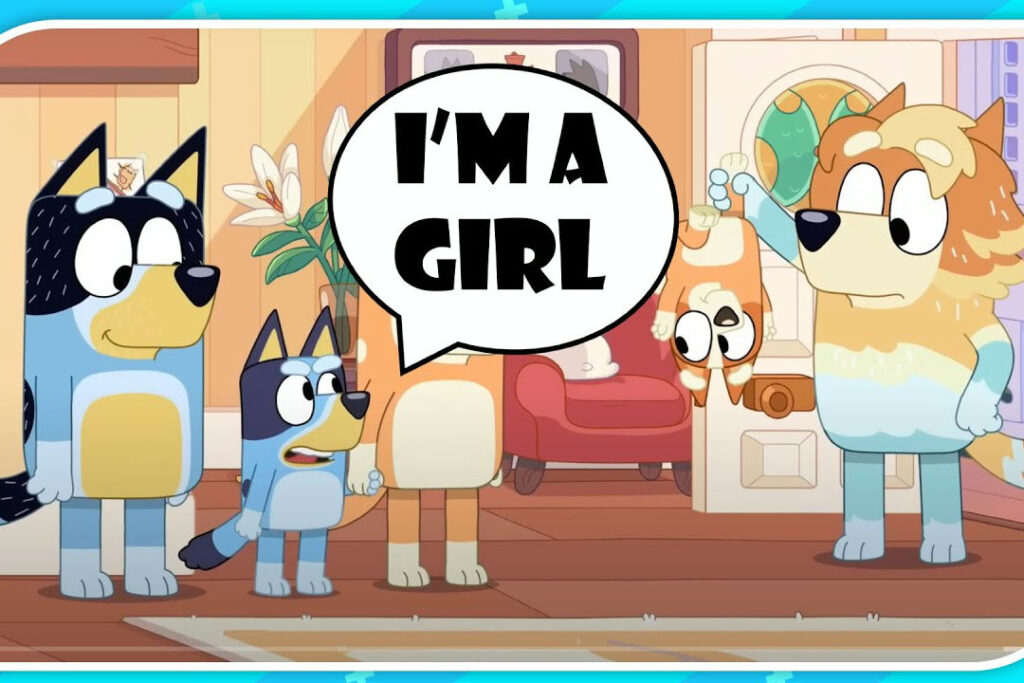
Children’s TV has always looked bright and simple on the surface, but behind the catchy songs and friendly characters, there are stories and details most viewers never realized. Many viewers assume Bluey, the playful pup from the hit Australian show Bluey, is a boy because of the name. In fact, Bluey is a girl, voiced by a young actress, and her adventures often reflect everyday family life from a daughter’s point of view. The series shows her interactions with her sister Bingo and their parents, highlighting themes of creativity, imagination, and play. While the show was designed for preschoolers, its relatable storylines and heartwarming moments have won over parents and grandparents around the world. Realizing Bluey is a girl often comes as a surprise to long-time viewers, but it makes her stories even richer when you see them through the lens of a little girl’s world.
2. Bert and Ernie Were Modeled on Opposites
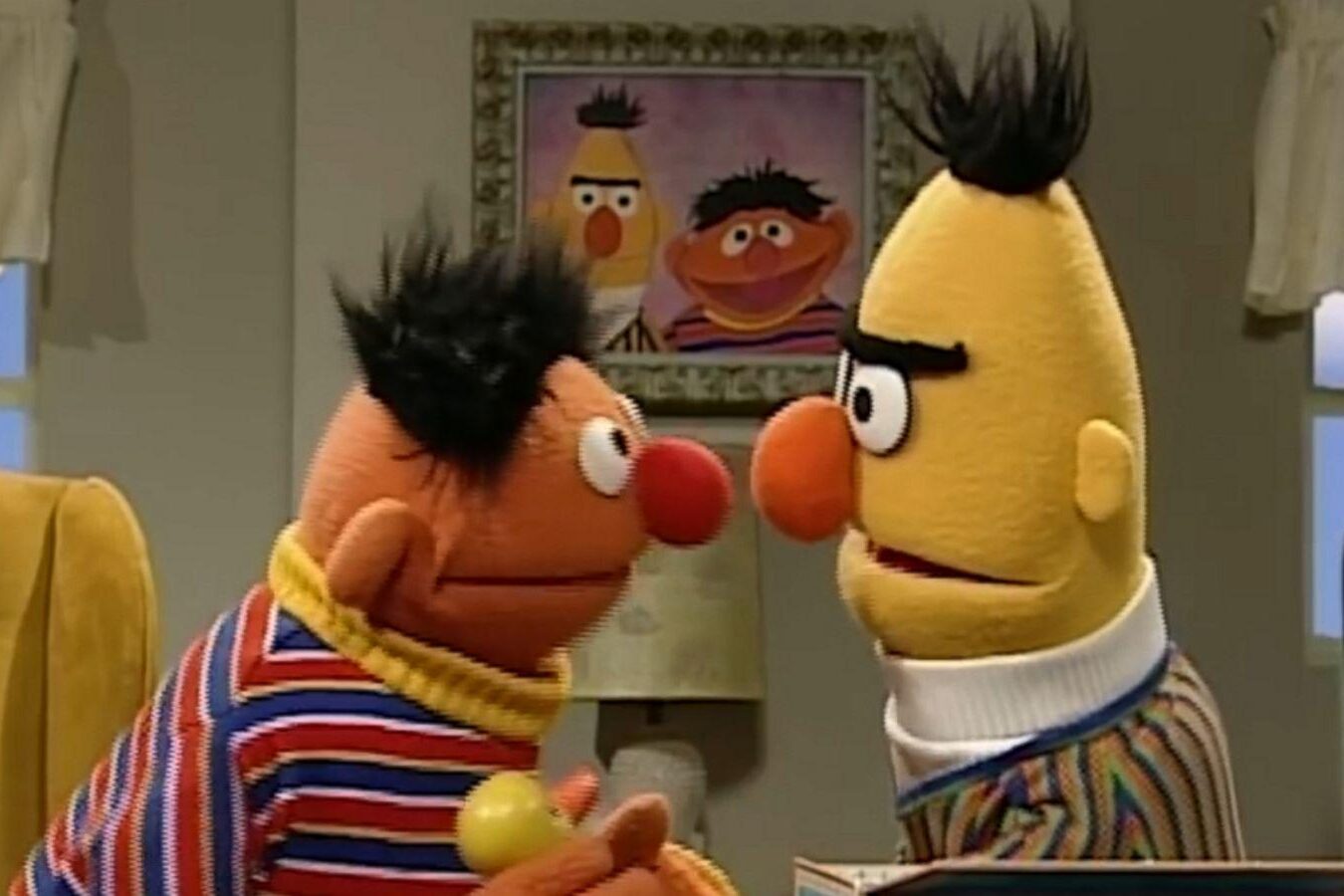
The odd-couple dynamic between Bert and Ernie on Sesame Street wasn’t by accident. The creators intentionally designed them as polar opposites to show children that very different personalities can still form strong friendships. Bert is serious, orderly, and prefers routines, while Ernie is lighthearted, spontaneous, and mischievous. Their playful bickering and problem-solving have taught generations of children how to navigate differences and compromise. More than just a comedy duo, they embody the idea that kindness and respect can bridge even the widest personality gaps. After over 50 years on air, their friendship still resonates as one of the show’s most enduring lessons.
3. The Voice of Elmo Was a Last-Minute Change
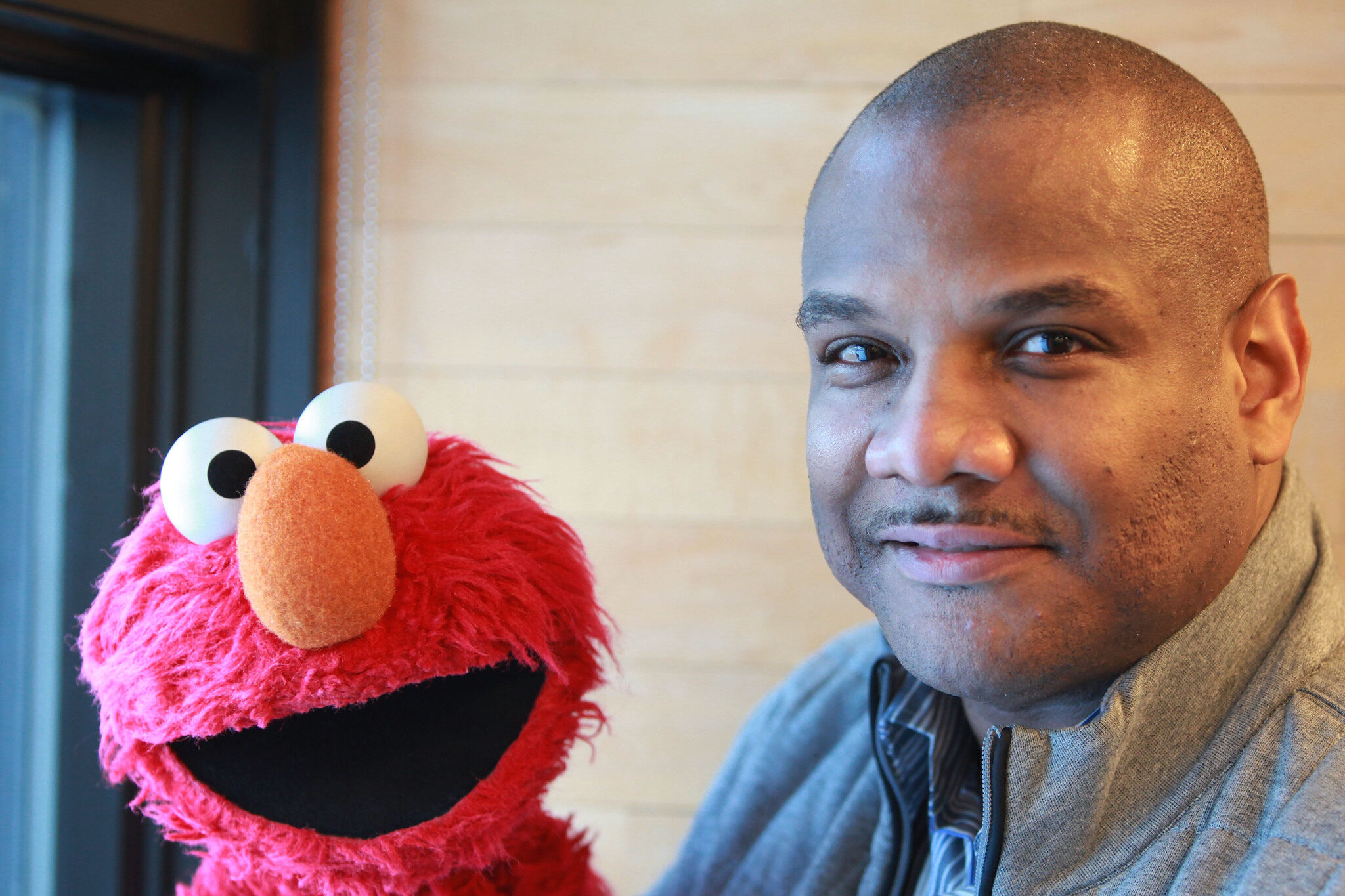
Elmo wasn’t always the beloved red monster millions know today. Originally, he was a background puppet without much of a personality until puppeteer Kevin Clash stepped in. Clash gave Elmo a high-pitched voice, infectious giggle, and boundless enthusiasm, instantly transforming him into a fan favorite. Soon, Elmo had his own daily segment, Elmo’s World, where he spoke directly to children with curiosity and warmth. The character’s new energy not only boosted ratings but also sparked a wave of merchandise, making Elmo one of the most recognizable faces in children’s entertainment. His last-minute reinvention is proof that sometimes one creative choice can change everything.
4. Barney Wasn’t Always Purple
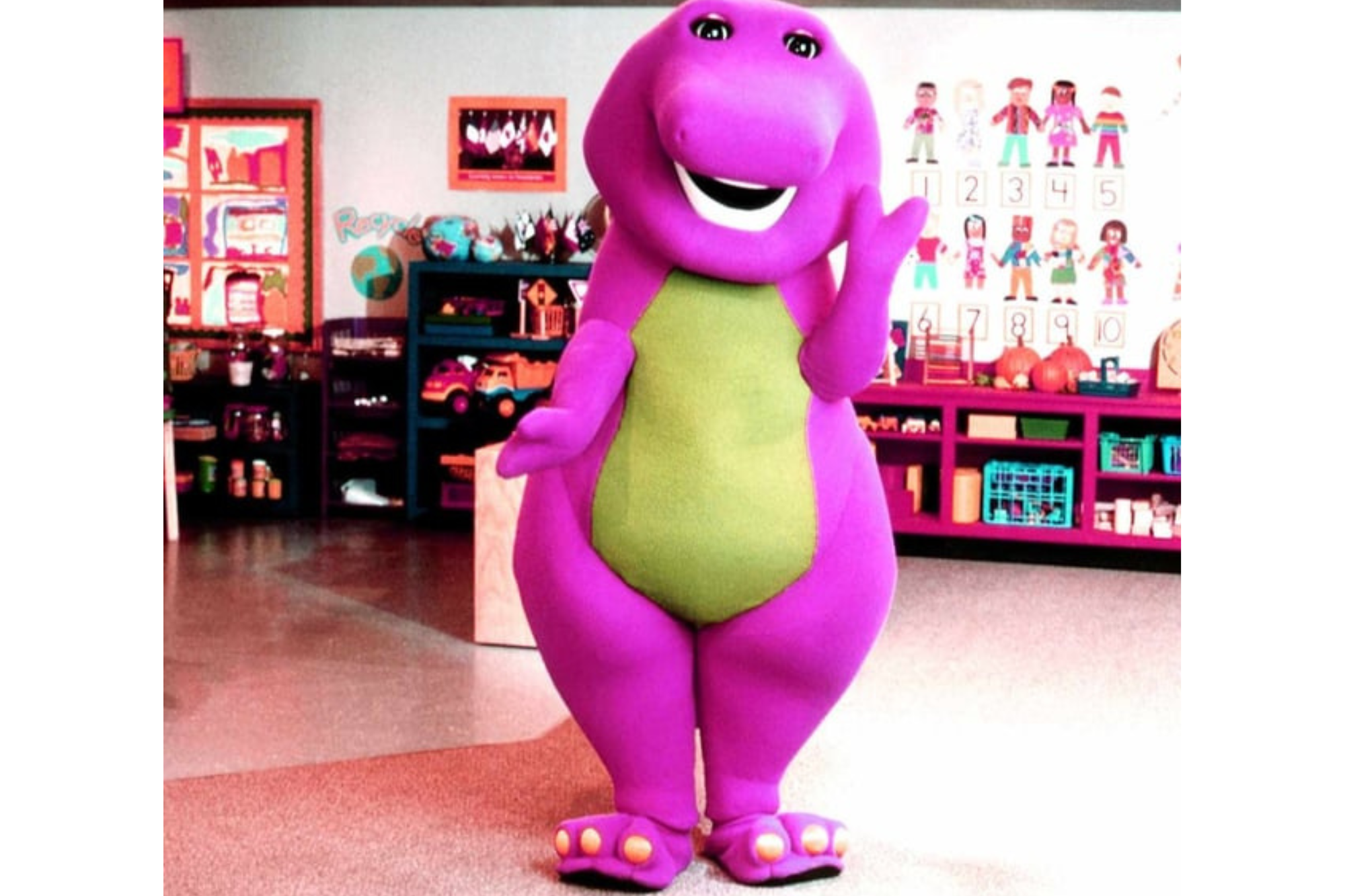
Barney the Dinosaur nearly looked completely different. When he was first imagined, Barney was designed to be green, but producers decided purple would make him more appealing and less intimidating to children. The choice gave him a soft, friendly look that stood out among other brightly colored mascots of the ’90s. Combined with his calm, sing-song voice and his famous “I love you, you love me” song, Barney quickly became a household name. The purple color not only made him instantly recognizable but also broadened his appeal across both boys and girls. It’s hard to imagine the ’90s without the big, huggable purple dinosaur that captured kids’ hearts.
5. Snuffleupagus Used to Be an “Imaginary” Friend
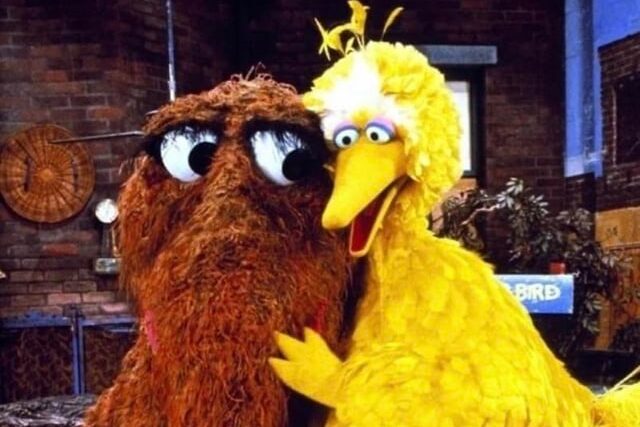
In the early years of Sesame Street, Mr. Snuffleupagus was visible only to Big Bird. The running joke was that no one else ever saw him, leading adults on the show to dismiss Snuffy as imaginary. However, producers realized this might send the wrong message to children, especially when it came to encouraging them to share important information with adults. In 1985, they revealed Snuffy to the entire cast in a memorable episode where all the grown-ups finally met him. The moment was a turning point, reassuring children that if they had something important to share, adults would believe them. It remains one of the most impactful changes in the show’s history.
6. Reading Rainbow Wasn’t Just Entertainment
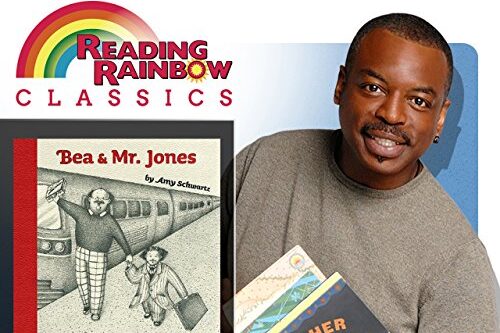
When Reading Rainbow aired in the 1980s, it looked like another fun TV program for kids, but host LeVar Burton had a bigger mission. He wanted children to actively engage with books, not just passively watch TV. Each episode highlighted featured stories with celebrity narrators, colorful animations, and real-world adventures that made books come alive. Burton’s signature sign-off , “But you don’t have to take my word for it” , encouraged children to head to the library and discover the stories for themselves. The show struck the perfect balance of fun and education, sparking a lifelong love of reading in millions of kids. Its impact continues today, as many adults credit the program for shaping their early reading habits.
7. Teletubbies Found an Unlikely Adult Audience
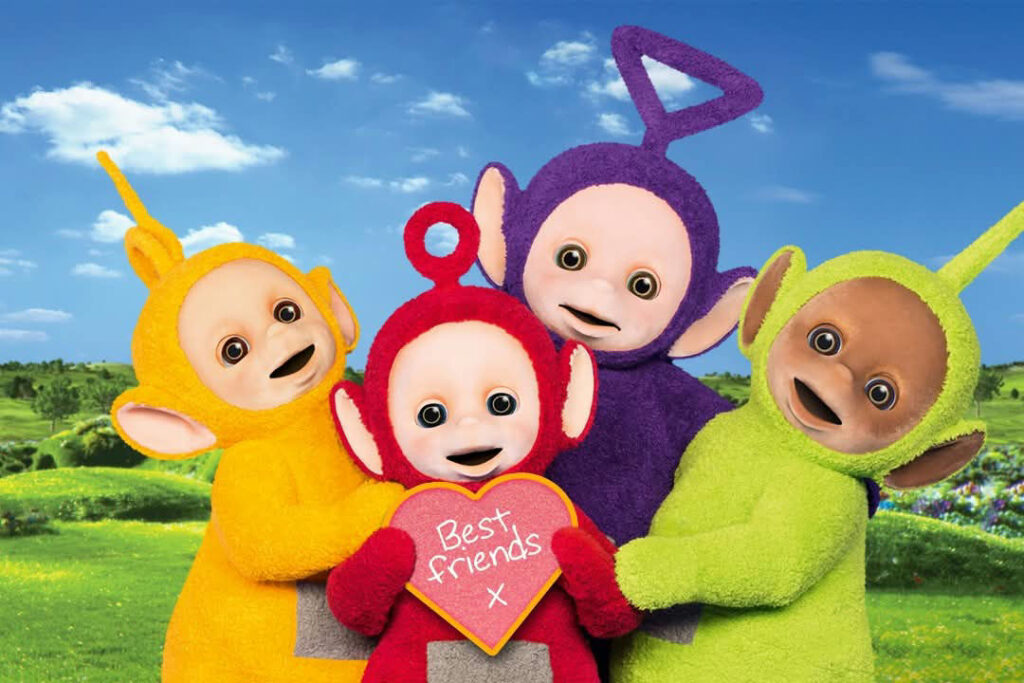
While Teletubbies was designed for toddlers, it unexpectedly developed a cult following among college students in the late 1990s. The show’s surreal mix of repetitive phrases, whimsical sound effects, and dreamlike visuals made it a quirky favorite in dorm rooms. For toddlers, the simplicity helped them learn through repetition, but for older audiences, the bizarre charm felt almost comedic. Characters like Tinky Winky, Dipsy, Laa-Laa, and Po became pop-culture icons, often referenced far outside preschool circles. This crossover audience helped push the show into global fame, proving that sometimes children’s TV can attract viewers of all ages , even for very different reasons.
8. Mister Rogers’ Sweaters Were Hand-Knit by His Mom
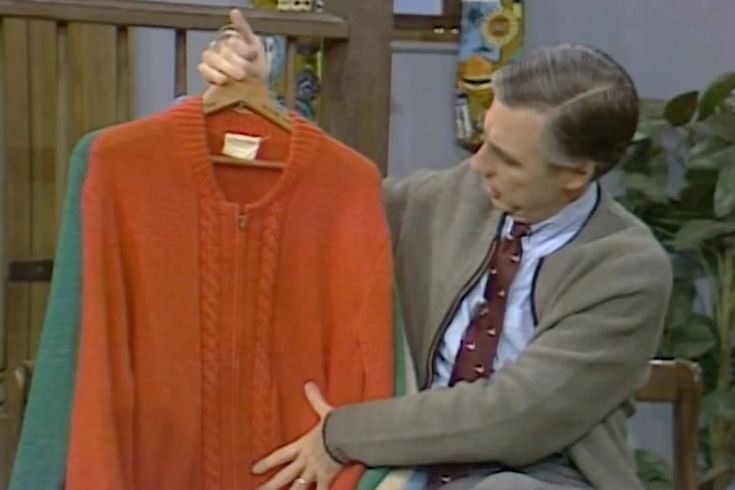
One of the most iconic parts of Mister Rogers’ Neighborhood was Fred Rogers’ cozy cardigan sweaters. What most viewers didn’t know is that nearly all of them were knitted by his mother, Nancy Rogers. Each time he changed into one at the start of the show, it wasn’t just a costume choice , it was a quiet gesture of warmth and familiarity. Rogers wanted his audience to feel at home, and the sweaters became a comforting symbol of his sincerity. Today, one of his famous sweaters is displayed at the Smithsonian, preserving the legacy of a simple but deeply meaningful tradition. It’s a reminder that even the smallest personal details can leave a lasting cultural mark.
9. Dora the Explorer Taught a Generation Spanish
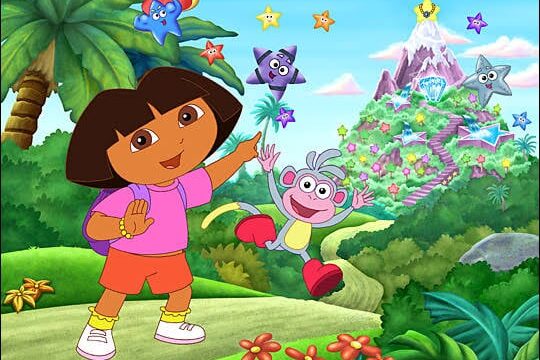
When Dora the Explorer premiered in 2000, it stood out from other kids’ shows by weaving Spanish words and phrases directly into the storylines. Dora’s cheerful adventures introduced millions of children to basic bilingual vocabulary without making it feel like a lesson. Kids shouted along with phrases like “¡Vámonos!” and “Swiper, no swiping!” while unknowingly learning a second language. For many preschoolers, Dora was their first exposure to Spanish, and it encouraged cultural awareness at a young age. Beyond teaching vocabulary, the show also highlighted teamwork, problem-solving, and perseverance , all wrapped up in a fun, interactive format that empowered kids to feel like part of Dora’s journey.
10. Schoolhouse Rock! Started as a Dad’s Idea
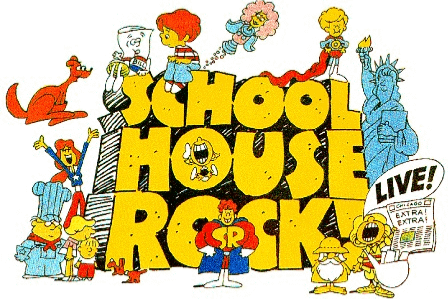
The idea for Schoolhouse Rock! came from a simple observation by advertising executive David McCall. He noticed his young son could remember the lyrics to rock songs with ease but struggled to memorize multiplication tables. Inspired, he pitched the idea of pairing catchy music with educational lessons, and the result became a cultural phenomenon. The animated shorts taught everything from grammar to civics, with songs like “Conjunction Junction” and “I’m Just a Bill” becoming classics. Originally aired between Saturday morning cartoons, the series proved that learning could be fun, and its tunes are still fondly remembered , and sung , decades later.
11. Looney Tunes Characters Were Already Old
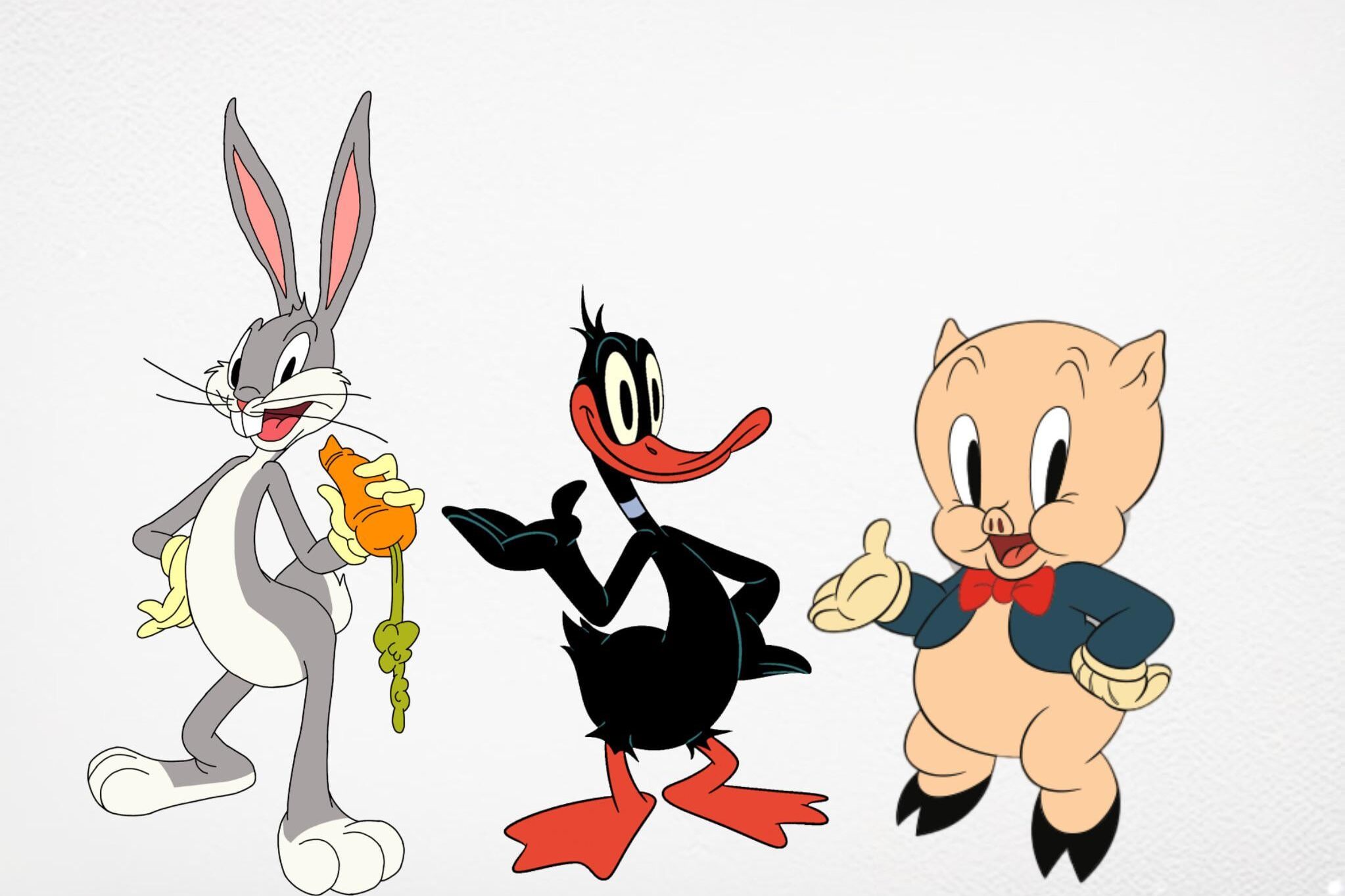
For many kids growing up in the ’70s, ’80s, and ’90s, Bugs Bunny, Daffy Duck, and Porky Pig felt like brand-new TV stars. In reality, these characters had been around for decades, first appearing in animated shorts during the 1930s and 1940s. Originally shown in movie theaters before feature films, the cartoons found a second life on television. By the time they were Saturday morning staples, they were already considered classics. This recycling of content helped multiple generations grow up with the same beloved characters, making Looney Tunes timeless icons whose catchphrases and antics still feel fresh today.
12. Captain Kangaroo Outlasted Most Talk Show Hosts
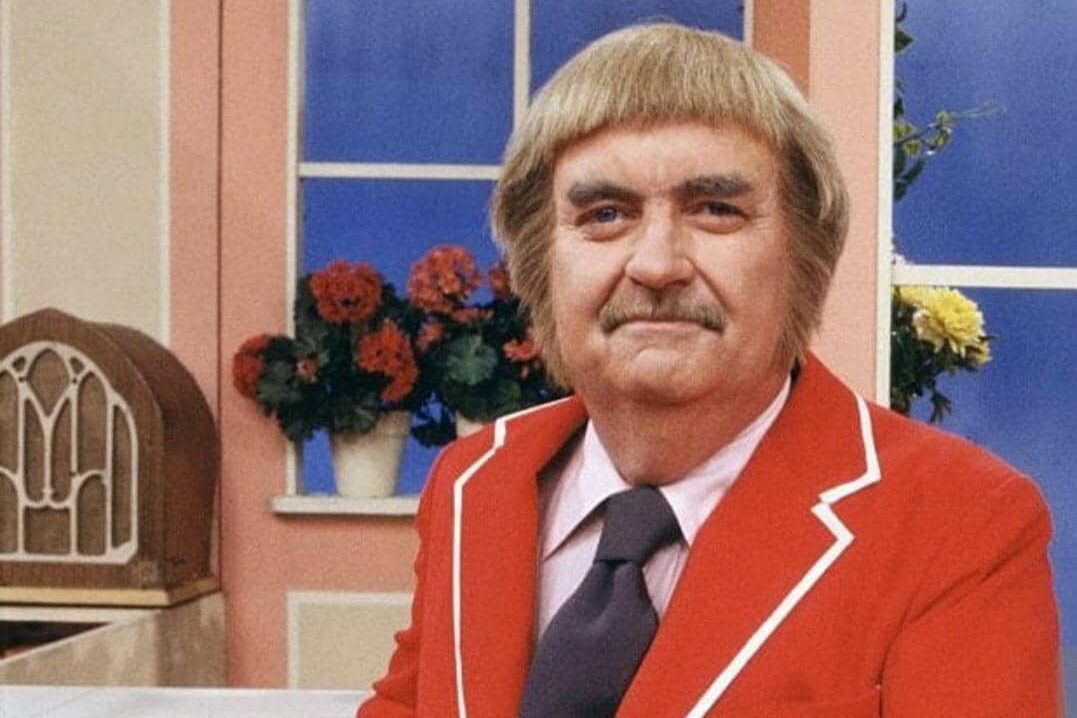
Bob Keeshan’s Captain Kangaroo was a gentle, long-running staple of children’s television, airing from 1955 until 1984. Unlike the faster-paced, high-energy kids’ shows that came later, it was deliberately slow and soothing, with quiet humor, storytelling, and puppet segments. Its longevity , nearly 30 years , made it one of the longest-running national children’s shows in U.S. history, outlasting many late-night and daytime talk shows. Keeshan’s warm, reassuring style gave children a sense of calm and stability, making the Captain a trusted figure in households across generations. For many viewers, it was less about entertainment and more about comfort.
13. Pee-wee’s Playhouse Had Future Stars
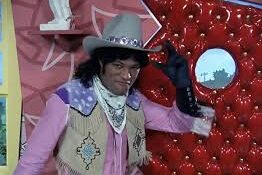
While Pee-wee’s Playhouse looked like pure chaos on the surface, its cast was filled with actors who would later become household names. Laurence Fishburne appeared as Cowboy Curtis, years before his breakout roles in films like Boyz n the Hood and The Matrix. S. Epatha Merkerson, who went on to star in Law & Order for nearly two decades, played Reba the Mail Lady. Behind the camera, artists and designers who worked on the show went on to successful careers in animation and film. The combination of live action, puppetry, claymation, and wild set design made the show unlike anything else , a quirky time capsule that launched careers while entertaining kids.
14. Morgan Freeman Was on The Electric Company
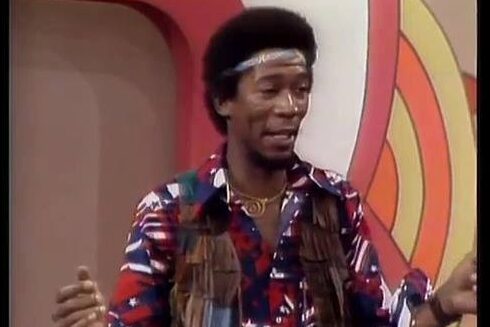
Long before his iconic movie career, Morgan Freeman was part of The Electric Company, a 1970s PBS show designed to help children build stronger reading skills after Sesame Street. Freeman played several recurring characters, the most famous being Easy Reader, a cool, smooth-talking literacy advocate who made reading feel exciting. The show blended sketch comedy, music, and word games, with appearances by celebrities like Rita Moreno. While Freeman later became known for serious roles and his signature narration voice, his time on The Electric Company showed a very different side of his talent , playful, fun, and designed to inspire kids to love books.
15. Romper Room Had Hundreds of Different Hosts
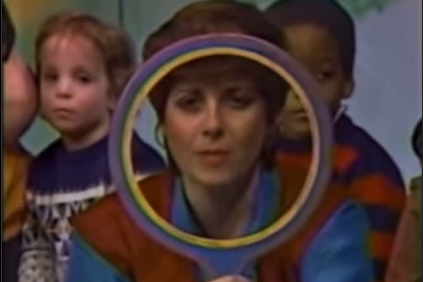
Unlike most children’s shows with a single host, Romper Room was franchised, meaning local stations hired their own teachers to lead the program. Each host, often called “Miss [First Name],” performed the same activities and rituals, but viewers saw different faces depending on their city. This gave the show a personal, community feel , kids felt like their own local “Miss” was speaking directly to them. One of the most famous parts of the program was the “Magic Mirror” segment, where the host pretended to see children watching at home and called out common names. With more than 150 hosts across the U.S., Romper Room became a uniquely adaptable show that felt both local and national at once.
16. Koko the Gorilla Knew Mister Rogers
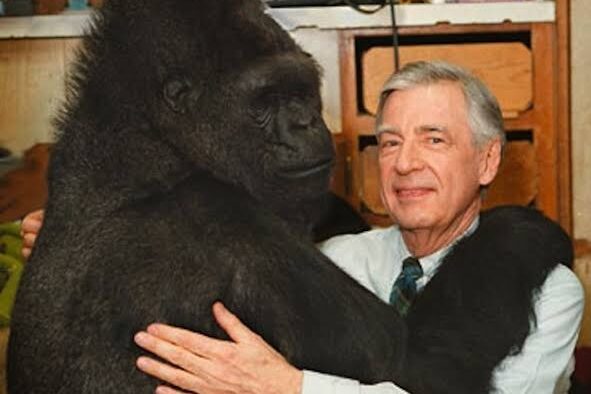
In one of the most touching crossovers between children’s TV and real life, Mister Rogers once visited Koko, the gorilla famous for learning American Sign Language. When Koko saw him, she immediately embraced him, recognizing Rogers from watching his show. The meeting was gentle and heartfelt, reflecting the same kindness and warmth that defined Mister Rogers’ Neighborhood. For fans, the moment confirmed that Rogers’ sincerity and calming presence weren’t just an act , they were part of who he truly was. It also showed how his influence extended far beyond human audiences, touching the hearts of animals and people alike.
17. Many Shows Were Made on Tiny Budgets
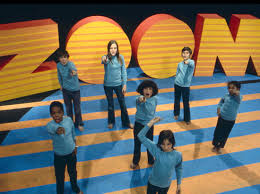
Some of the most beloved children’s shows of the past were created on shoestring budgets. Programs like Zoom, Captain Kangaroo, and even the early days of Sesame Street had limited funds for sets, costumes, and props. Instead of expensive effects, they leaned heavily on creativity, music, and storytelling to capture children’s attention. This resourcefulness gave the shows a handmade charm that felt approachable and real. For viewers, the lack of polish wasn’t a drawback , it was part of what made the shows feel authentic. These low-budget beginnings are a reminder that imagination and heart often matter more than flashy production.
18. Mister Rogers Once Saved PBS Funding

In 1969, PBS faced serious funding cuts, and children’s programming was at risk. Fred Rogers testified before the U.S. Senate, calmly explaining why educational TV mattered for children’s emotional and social development. His heartfelt words about helping kids feel loved and understood moved the committee, leading them to restore $20 million in funding. The moment has since become one of the most famous examples of how sincerity and compassion can influence public policy. Without Rogers’ testimony, many of the classic PBS shows that shaped childhoods might never have had the chance to thrive.
These surprising facts remind us that while the shows may have been simple on the surface, their influence was deep and lasting, and that’s why we still remember them so fondly today.
This story Bluey Is a Girl, and 17 More Surprising Facts About Children’s TV Shows You Probably Didn’t Know was first published on Daily FETCH


